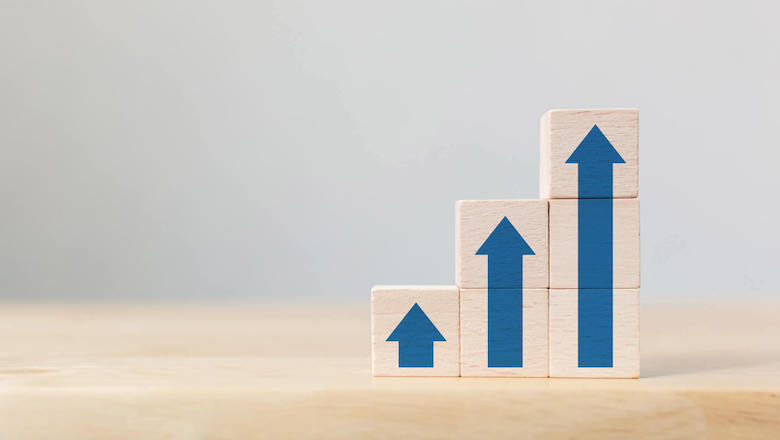Breaking Down the Big Number
The US Labor Department reported June’s CPI checked in at 9.1% over the previous 12-month period. Prices are rising at their fastest pace since November 1981. For the better part of this year, the Consumer Price Index has been at or above a 40-year high.
Meanwhile, core CPI, which strips out food and energy prices, rose 5.9% year-over-year in June. May’s number advanced 6.0% for the 12-month period. Still, consumers continue to face price increases on a broad number of items. Shelter, food, and gasoline are seeing the most significant jumps. Gas rose 11.2% in June, month-over-month.
Banks Under Pressure
Some publicly traded companies are perceived to be more or less sensitive to rising prices. This is reflected in the performance of their stock, particularly as reports on inflation are published. After June’s CPI came in hotter than expected, a number of companies saw their share prices affected.
Large banks such as JPMorgan Chase & Co. (JPM), Bank of America (BAC), and Wells Fargo (WFC) all traded lower following the CPI report. One potential reason is investors know banks are typically tied to the broader economy’s performance. With inflation still running hot, the Federal Reserve will likely keep hiking rates, potentially tipping the economy into a recession, which could negatively impact bank stocks.
Where Things Go From Here
After May’s CPI came in at 8.6%, the Federal Reserve enacted a 75-basis-point hike at its June meeting. This latest report is likely to keep the central bank on track to raise its target rate by another 0.75 percentage point at the end of the month. Fed Chair Jerome Powell has indicated rate hikes won’t be suspended or even slowed down unless there’s clear evidence prices have started to cool off.
Consumers have seen price breaks as a result of inflation in some cases. For example, Target (TGT) is offering discounts in a bid to move inventory. That said, the price of home goods and clothing rose last month. On the flipside, the growth in prices for both used and new cars eased up a bit. The Federal Reserve wants to execute a “soft landing” while fighting inflation if possible, meaning any downward pressure on prices is likely to take a while.
Things are changing daily within the financial world. Sign up for the SoFi Daily Newsletter to get the latest news updates in your inbox every weekday.
Please understand that this information provided is general in nature and shouldn’t be construed as a recommendation or solicitation of any products offered by SoFi’s affiliates and subsidiaries. In addition, this information is by no means meant to provide investment or financial advice, nor is it intended to serve as the basis for any investment decision or recommendation to buy or sell any asset. Keep in mind that investing involves risk, and past performance of an asset never guarantees future results or returns. It’s important for investors to consider their specific financial needs, goals, and risk profile before making an investment decision.
The information and analysis provided through hyperlinks to third party websites, while believed to be accurate, cannot be guaranteed by SoFi. These links are provided for informational purposes and should not be viewed as an endorsement. No brands or products mentioned are affiliated with SoFi, nor do they endorse or sponsor this content.
Communication of SoFi Wealth LLC an SEC Registered Investment Adviser
SoFi isn’t recommending and is not affiliated with the brands or companies displayed. Brands displayed neither endorse or sponsor this article. Third party trademarks and service marks referenced are property of their respective owners.
SOSS22071401
The post How Inflation Affects Stocks and What To Expect Going Forward appeared first on SoFi.




Leave A Comment